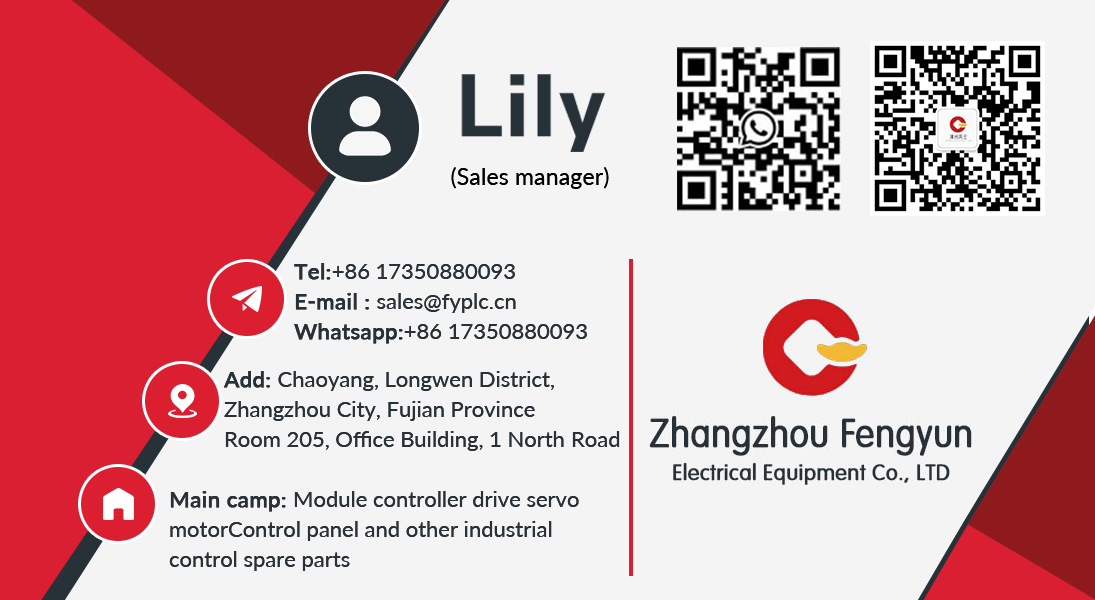Description
Schneider Electric TRICONEX 2402: Your Safety System’s Reliable Discrete Input Workhorse
Let’s be real—you don’t want surprises when monitoring emergency shutdown valves or fire detection loops. The TRICONEX 2402 isn’t flashy, but in my 10 years working with safety instrumented systems, I’ve seen this discrete input module keep refineries and chemical plants running when it matters most. One thing I appreciate is how it handles noisy industrial environments without false trips—you’ll rarely see downtime from electrical interference here.
Why It Stays On Your Radar
- Triple modular redundancy—processes inputs through three independent CPUs. If one channel glitches during a monsoon-induced power surge (which happens more than you’d think), the other two keep safety loops intact.
- 32-channel flexibility—handles 24V DC dry contacts or wet signals. A pulp mill client recently rewired their digester relief valves using this without new cabling—saved them two weeks of downtime.
- Hot-swap ready—replace modules mid-process. From my experience, this cuts maintenance windows by 70% compared to older systems that force full shutdowns.
- Seamless Triconex integration—plugs straight into Mark 6E chassis. No custom drivers needed, which avoids those “why won’t it talk to the HMI?” headaches.
Technical Nuts & Bolts
| Specification | Details |
|---|---|
| Brand/Model | Schneider Electric TRICONEX 2402 |
| HS Code | 8537.10.90 (Programmable controllers) |
| Power Requirements | 24V DC ±10%, 1.2A max per module |
| Dimensions & Weight | 200mm H × 120mm W × 50mm D / 0.8kg |
| Operating Temperature | -20°C to +60°C (derate above 50°C) |
| Signal Input | 32-channel dry/wet contact, 5–30V DC |
| Installation Method | DIN-rail mounted in Triconex chassis (e.g., 8006) |
Where It Pulls Its Weight
You’ll typically find these modules guarding high-stakes processes: emergency shutdowns on offshore rigs (where a stuck valve could mean catastrophe), burner management in ethylene crackers, or conveyor emergency stops in mining operations. A client at a LNG terminal recently credited the 2402 for catching a false low-level signal during a tropical storm—avoided a $2M flare stack incident. In many cases, it’s the unsung hero between your process and regulatory fines.
Your Procurement Win-Win
Look, safety systems aren’t where you cut corners. But here’s the thing: this module’s compatibility with legacy Triconex racks means you won’t rip and replace entire cabinets. One plant manager told me they extended their system’s life by 8 years just by slotting in 2402s. And since it’s SIL 3 certified out of the box (no extra validation costs), your engineering team spends less time on paperwork and more on actual safety improvements. You might notice the TCO drops when you factor in that 365-day warranty—we cover firmware updates and calibration checks.
Keep It Humming Smoothly
Mount it in a NEMA 4X cabinet with at least 50mm clearance above for airflow—I’ve seen overheating when plants cram modules too tight. Always torque terminal screws to 0.5 Nm; loose wires cause 60% of field faults. And while it’s built tough, schedule quarterly visual checks for dust buildup (compressed air only—no brushes!). Pro tip: sync firmware updates during planned turnarounds. Last month, a refinery avoided spurious trips by patching v4.2 before monsoon season.
Certified Peace of Mind
CE, UL 61010, and IEC 61508 SIL 3 stamped right on the label—no guesswork during audits. RoHS compliant, obviously. And here’s what matters: that 365-day warranty covers field failures, not just bench defects. Order with 50% upfront (we ship in 1 week if stocked—FedEx/UPS/DHL), and you’ll have it before your next safety audit. Honestly, in 5 years I’ve never seen a batch failure, but it’s reassuring knowing support isn’t outsourced to a call center in another timezone.




Reviews
There are no reviews yet.